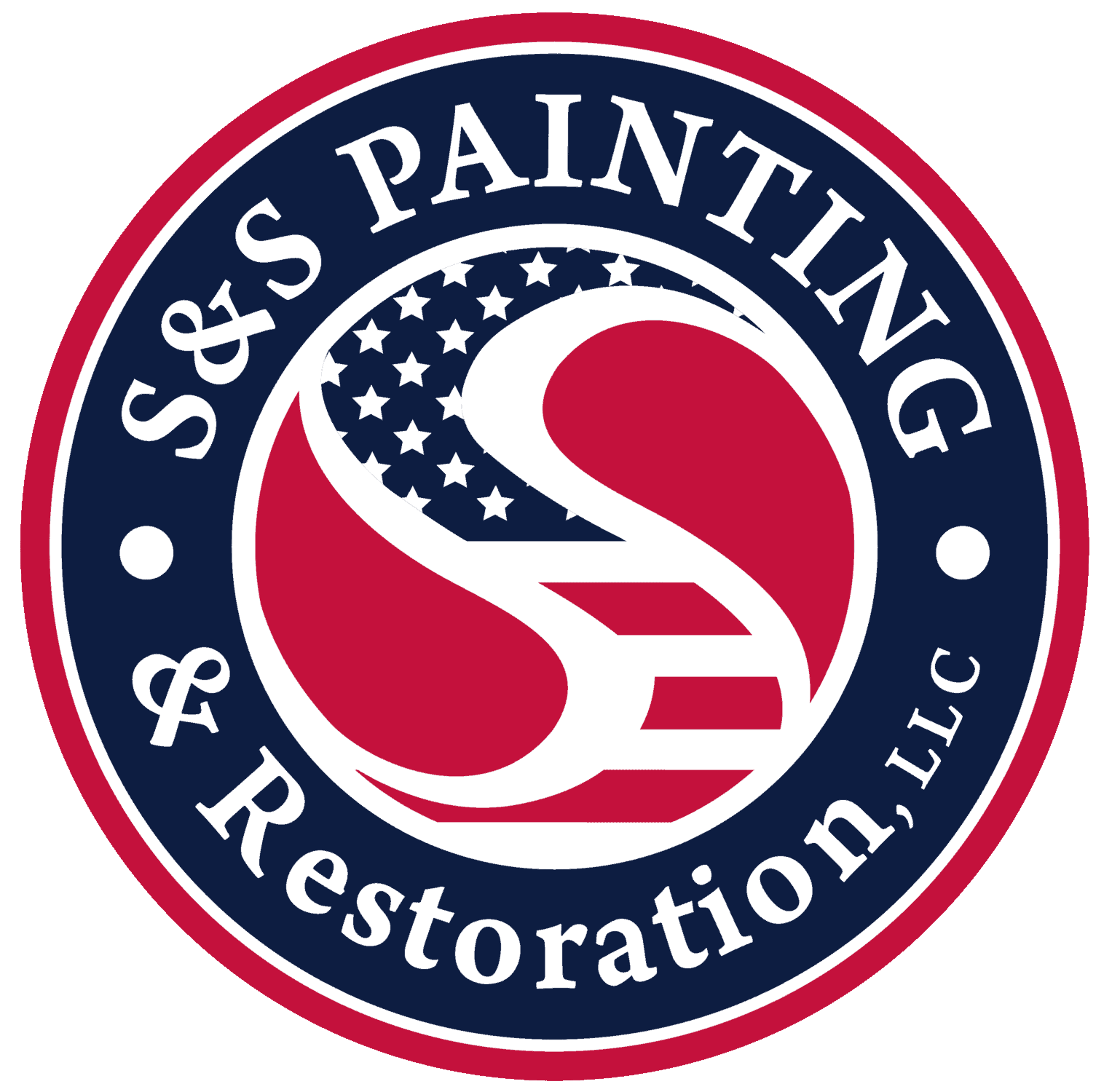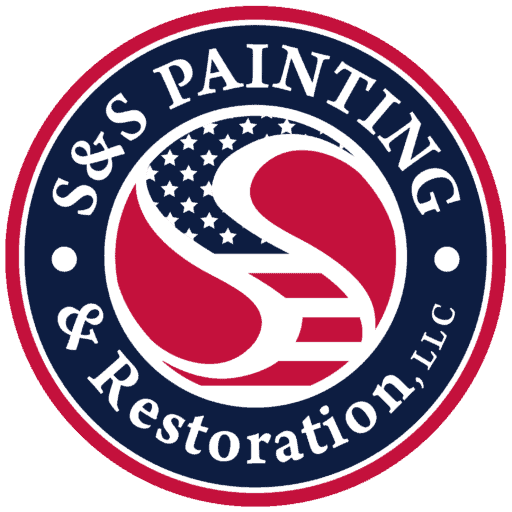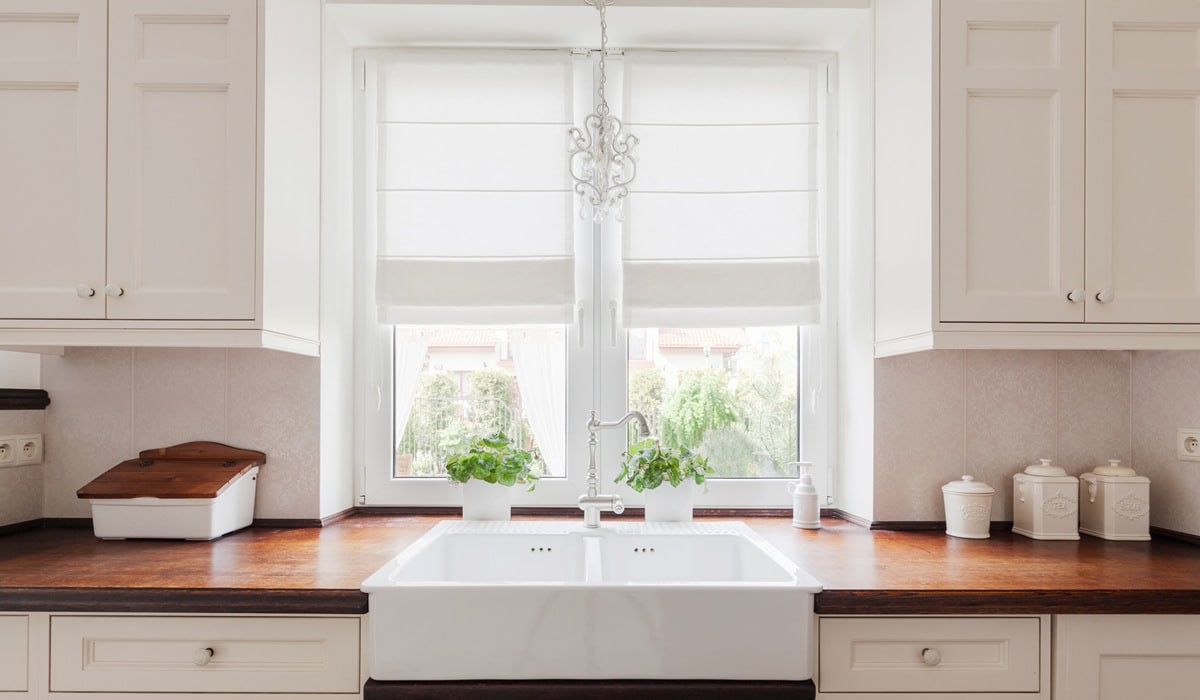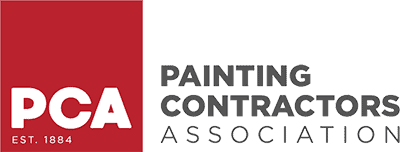Is your kitchen starting to look a little dated? If you’re already considering cabinet painting as a temporary fix, it might be time to take a step back and ask the bigger question: when to replace kitchen cabinets?
Knowing when it’s time to replace your kitchen cabinets can save you time, money, and frustration in the long run. Whether your cabinets are simply outdated or showing serious signs of wear, this guide will help you figure out what to do next.
Key Takeaways:
- Look for physical damage like warping, water damage, or broken hardware.
- Consider how functional your cabinets still are.
- Think about how a refresh—or a full replacement—might impact your home’s value.
- Sometimes, cabinet painting isn’t enough.
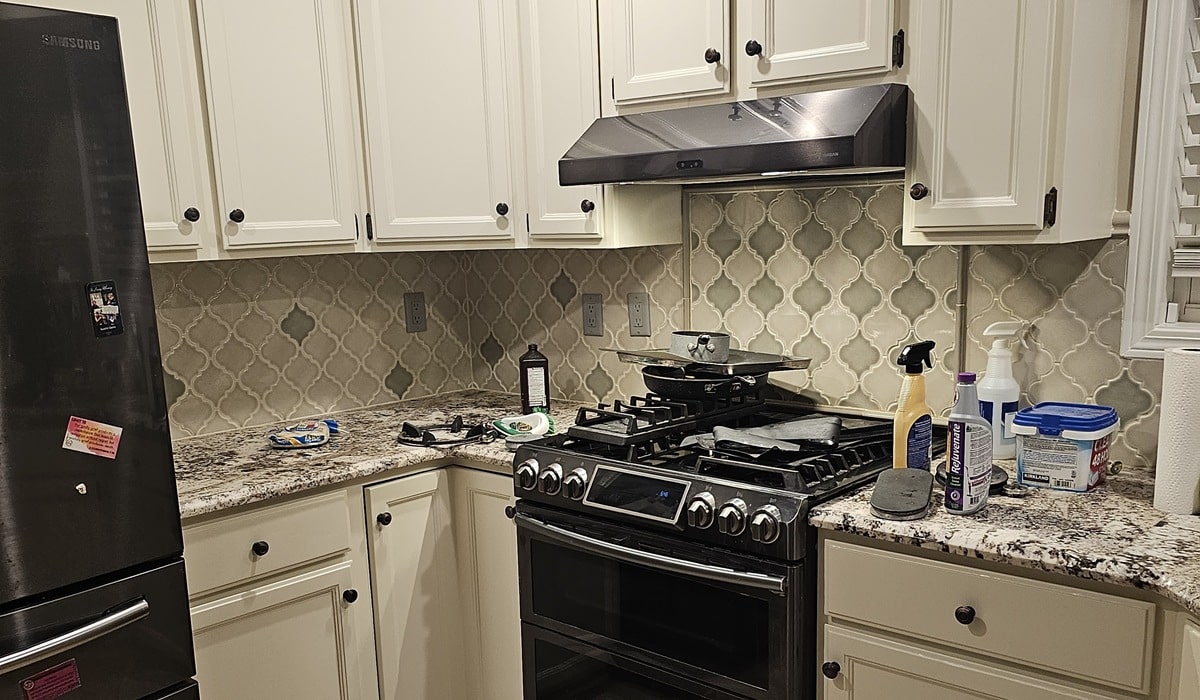
Are Your Cabinets Damaged?
One of the clearest signs it’s time to replace your kitchen cabinets is visible damage. This could include:
- Warped wood from moisture
- Cracks or splits in the panels
- Mold or mildew
- Soft or swollen areas near sinks or appliances
If cabinet painting can’t hide the damage—or worse, the structure itself is compromised—it’s time to consider new cabinets.
Are They Still Functional?
It’s not just about looks. Do the drawers slide smoothly without sticking or falling off their tracks? Are the shelves firm, or do they sag under the weight of everyday dishes? Are the cabinet doors staying closed, or are they constantly swinging open or hanging unevenly no matter how much you adjust them? These are more than cosmetic problems—they’re signs that your cabinets may be worn out beyond what minor repairs or touch-ups can fix.
Do They Still Match Your Style?
Even if your cabinets are in decent shape, they might be out of sync with your current style or kitchen layout. Trends change, and what looked modern 10 or 15 years ago may now feel outdated. While cabinet painting can update the color, it won’t change the cabinet layout, door profiles, or design details like molding and trim.
If you’ve remodeled other parts of your kitchen—like countertops, backsplashes, or flooring—the old cabinets might clash with your new aesthetic, making a full replacement a smarter option.
How Old Are Your Cabinets?
Cabinet lifespans vary, but most start to show their age after 15 to 20 years. Over time, materials like particleboard or laminate can deteriorate, hinges and drawer slides may loosen or break, and finishes can fade or peel. This aging process not only affects the appearance but can also lead to reduced functionality.
If your cabinets are older than two decades, it’s smart to evaluate their condition thoroughly—checking for structural integrity, hardware performance, and overall wear—and consider replacement if they’re no longer meeting your needs.
Is Cabinet Painting Enough?
Cabinet painting is a great short-term solution if your cabinets are structurally sound but just need a visual update. It’s cost-effective and can give your kitchen a fresh look without the expense of a full remodel.
However, painting won’t fix structural issues like warped wood, broken frames, or soft spots caused by water damage. It’s also not ideal for low-quality materials, such as particleboard, that have already started breaking down. If the foundation is weak, no amount of paint will fix it, and you might end up spending more in the long run trying to maintain cabinets that really need to be replaced.
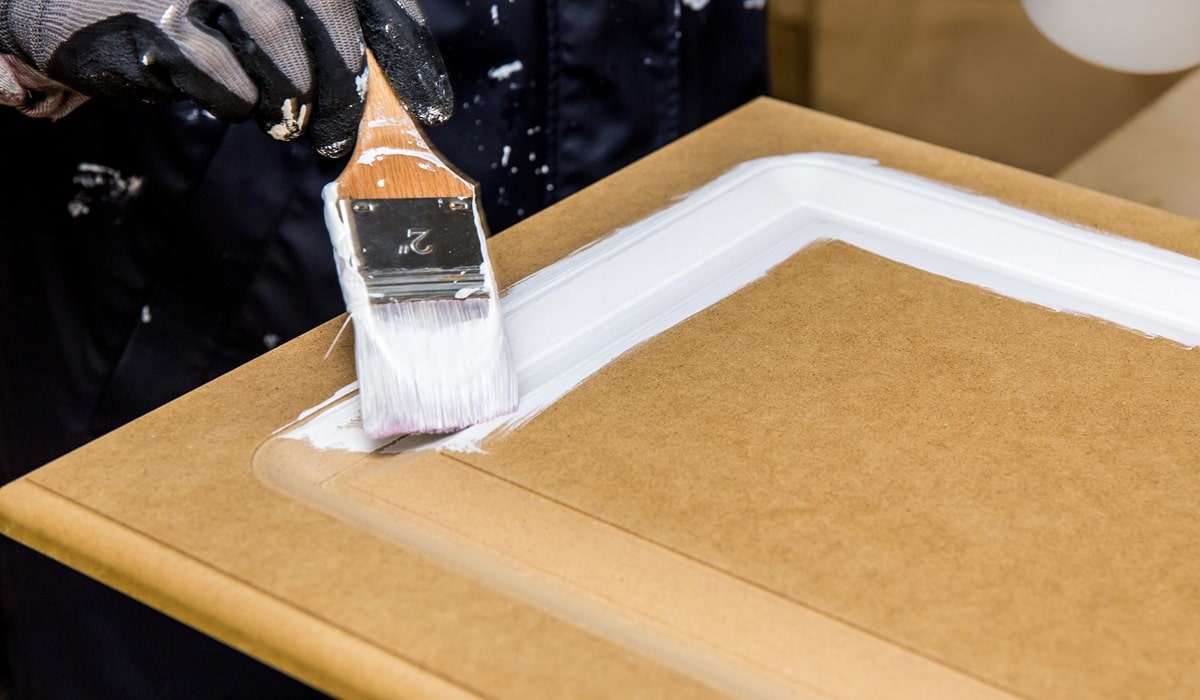
Will New Cabinets Add Value to Your Home?
Kitchen updates are one of the best ways to boost your home’s value, and cabinets play a huge role in the overall look and feel of this central space. Replacing old or outdated cabinets can make your kitchen feel brand-new, instantly modernizing the room and making it more attractive to buyers.
Buyers often view the kitchen as a major decision-making factor, so new cabinets can leave a lasting impression. If you’re thinking about selling, investing in cabinet replacement could offer a solid return while also speeding up the sale process.
Should You Replace or Reface?
Refacing cabinets (replacing doors and hardware but keeping the cabinet boxes) can be a middle-ground option for homeowners who want a new look without the full expense of a complete cabinet overhaul. It’s typically more affordable than full replacement and delivers a bigger visual impact than painting alone.
However, it’s only a viable solution if the existing cabinet boxes are in good shape and the layout still works for your needs. If the boxes are damaged, warped, or made from low-quality materials, refacing won’t address the core issues and may end up being a temporary fix rather than a long-term solution.
Bottom Line: When to Replace Kitchen Cabinets
If your cabinets are damaged, dysfunctional, or simply no longer fit your style, it’s probably time to replace them. Signs like broken hinges, persistent moisture damage, or a poor layout can affect your daily kitchen experience. While cabinet painting can give your kitchen a temporary refresh, it doesn’t address underlying issues and may only delay the inevitable.
Ready to upgrade your kitchen with beautiful, functional cabinets that match your lifestyle and design goals? Contact S&S Painting & Restoration today at 920-332-5772 for a free consultation. We’ll help you decide the best next step for your space and budget.
